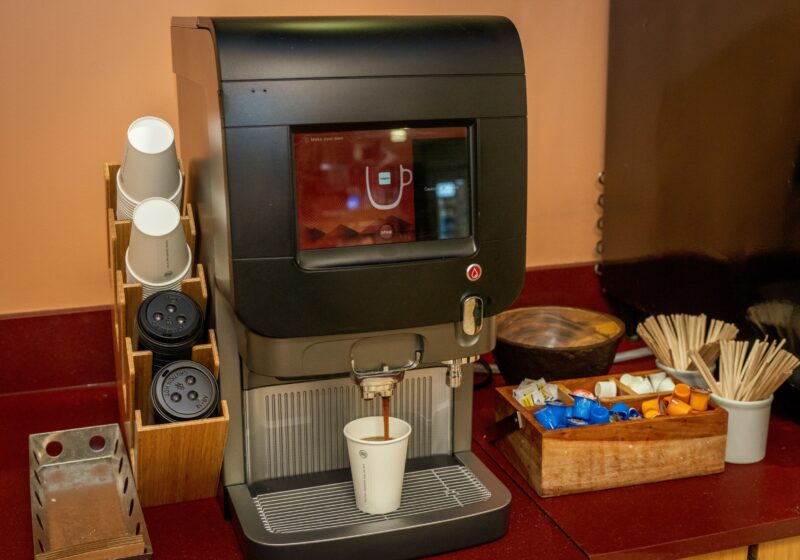Several weeks ago on the ESPN program “Pardon the Interruption,” hosts Tony Kornheiser and Michael Wilbon pondered who was in worse financial condition — The NHL or Evan Marriott, the $19,000-a year construction worker currently occupying a French Palace on the Fox show “Joe Millionaire.” Interestingly, in a way the NHL is analogous to “Joe Millionaire.” Both Marriott and the league appear to be swimming in a golden pond, when in reality their economic state is just as fragile as the stock market.
It has certainly been an inauspicious beginning to 2003 for the NHL. With the league already taking over the reigns of the financially-strapped Buffalo Sabres at the start of the 2002 season, another franchise, the Ottawa Senators declared bankruptcy 10 days into the new year. If that wasn’t bad enough, the parent company of the Florida Panthers announced last week that the team lost nearly $65 million last year. Now, the future of the Sabres is in limbo as Buffalo businessmen failed to come up with the funds to purchase the teams after the NHL granted a fourth, and final extension. Along with the Senators and Panthers, NHL franchises may have more folds than an origami bird by the time the current Collective Bargaining Agreement expires at the end of the 2004 season.
The current ten-year CBA that was hastily signed in 1994 to avoid a work stoppage is mainly responsible for placing at least half the teams in the league in economic disarray. At the time, the league tried to curtail salaries by limiting unrestricted free agency to players in their thirties, hoping that the 20-something stars would be constrained by their restrictive status. However, exorbitant signings of veterans such as Mark Messier and Brett Hull by cash cows the Rangers and Red Wings compelled restricted younger players like Paul Kariya to demand equal compensation. Teams such as the Ducks were then placed in the quandary of overpaying their stars or losing them to a hold-out or trade.The league was also burned by a rookie salary cap that was supposed to limit salaries at $1.3 million per year. Instead, agents found a loophole that would pay rookies millions in incentives. Last season, rookie of the year Ilya Kolychuk earned $4.5 million and the contract of recent top pick Vincent Lecavlier is structured in such a way that he can earn up to eleven million dollars annually. “It was almost like as soon as the CBA was done, they found a loophole and drove a truck through it,” Sharks G.M. Dean Lombardi said.
Although salaries have sky-rocketed throughout the league since the early ’90s, they are not responsible for causing the bankruptcy in Ottawa. At $30 million, the Senators have one of the lowest team salaries in the league. Ottawa which leads the league in points with 71, has a salary which is nearly forty million dollars less than the last place New York Rangers.
Teams in Canada such as the Senators are competing on an un-level playing field as they collect revenue in Canadian but are forced to pay all their players in U.S. dollars. Since the U.S. dollar is equivalent to $1.60 in Canadian currency, hockey franchises in Canada are guaranteed to incur tremendous debts. The NHL has responded by instituting a Canadian Currency Plan that provides money to the six teams north of the border. However, the NHL only provided $2.7 million to each franchise last year, when the Oilers needed $20 million to recoup the debts caused by the Canadian exchange rate.
Besides the CBA, the NHL’s problems can be directed towards its television contract. The NHL currently receives $600 million from ESPN for the exclusive rights to games. This season the league will receive $171 million, which breaks down into $5.7 million per team. The television deal pales in comparison to the NBA’s which receives nearly $4 billion from ESPN and AOL Time Warner and divides that amount to only about $26.4 million per team annually. “Everybody would like to have a better television package, but we don’t,” Panthers G.M. Rick Dudley said. “Instead, we have to focus on the positives around the league and that is found in attendance figures.” Average NHL attendance figures have steadily increased since 1999 from 16,262 to 16,376 the following year, 16,564 in 2001 and 16,760 last season.
All the problems that the NHL is facing will almost certainly come a head once the current CBA expires in 2004.”I think it would be naive for us to think some form of the salary cap won’t be on the NHL’s agenda,” agent J.P. Barry of IMG Hockey said. It is imperative that the NHL adopt a revenue sharing system similar to Major League Baseball’s and a luxury-tax system similar to the NBA’s. Otherwise, there will be more NHL franchises in areas which were once exclusive to NASCAR than in a nation that was the birthplace of hockey.
Rybaltowski can be reached at mrybaltowski@campustimes.org.




